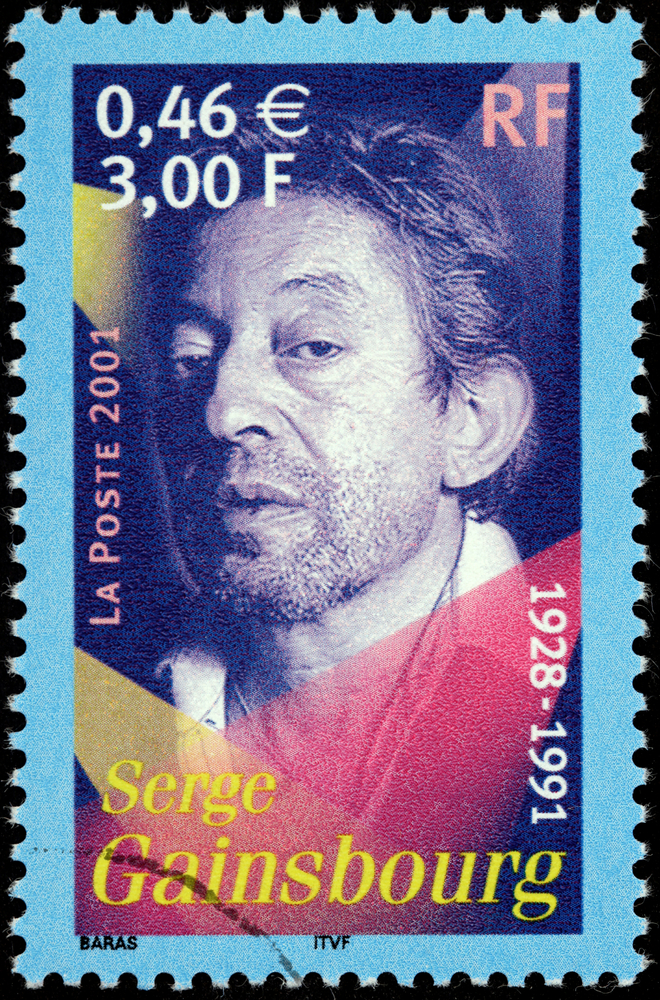Music: Modern Forms
Chanson, Then and Gnaoua
French chanson (song) is alive and well today. The modern popular song tradition began in the late 19th century, when a type of song known as “realistic” began to be heard in the cafés of Paris. Realistic songs were about everyday problems of love, sickness, poverty, murder: the subjects of folk song. The culmination of this tradition was certainly Edith Piaf, a French singer who came to fame in the years between the wars and continues to be the iconic chanteuse of popular imagination. Singers such as Charles Trenet and Charles Aznavour kept this kind of singing alive through the 1960s.
Little by little, realistic chanson has been changed and absorbed by other musical styles. Today its inheritors are the Arab and African singers of raï, chaab, and other working-class song styles, and pop groups like Noir Desir.
Raï means “opinion” music; the pop music of Algeria, it is a combination of European pop and rock with traditional Bedouin music. Cheb Khaled and Cheb Mami are the best-known raï singers in France.
Moroccan gnaoua (or gnawa) was originally religious trance music with roots in coastal Morocco (and perhaps earlier sources in the music of the Saharan peoples who developed it). As performed in France by Moroccan immigrants, it has begun to absorb other song styles like raï, reggae, and rock.
Pop, rock, and rap all have French exponents, though their music, in spite of being sung in French, is more international than local. A partial exception to this may be found in the person and musical legacy of Serge Gainsbourg, who drew from numerous pop genres, beginning with chanson and winding up with reggae, funk, and electronica, and is credited with originating one—yé-yé (named for the frequent iteration of those syllables in his songs)—and is considered one of the most influential popular musicians in contemporary France. Also deserving of mention in the realm of electronica are the creations of Jean Michel Jarre. The jazz scene has benefited from the long-term residence of many American musicians such as Mal Waldron and Steve Lacy, and experimental jazz is a strong presence.
Jazz Manouche
Young Gypsy musicians, and gadjo (nongypsy) musicians drawn to the music, have kept Django Reinhardt’s mix of Roma music, jazz, bal-musette and swing alive. Django’s style is carefully nurtured, played on guitars designed to reproduce the Selmer Macaferri acoustic model he favored. At the same time, the young jazz manouche musicians are pushing the music in new directions, with open minds and ears and truly virtuosic playing.
International Mélanges
Traditional music continues to be updated by musicians like vielle a roue player Patrick Bouffard, whose folk-based songs bring in rock, jazz, and electronica to complement the otherworldly keening of his hurdy-gurdy. The band Les Negresses Vertes seems to have discovered a sound library containing every kind of music in France, from café chanson to gnaoua, and are systematically looting it and remixing what they find there into something new and strangely compelling.
Article written for World Trade Press by Marc Lecard.
Copyright © 1993—2025 World Trade Press. All rights reserved.

 France
France 